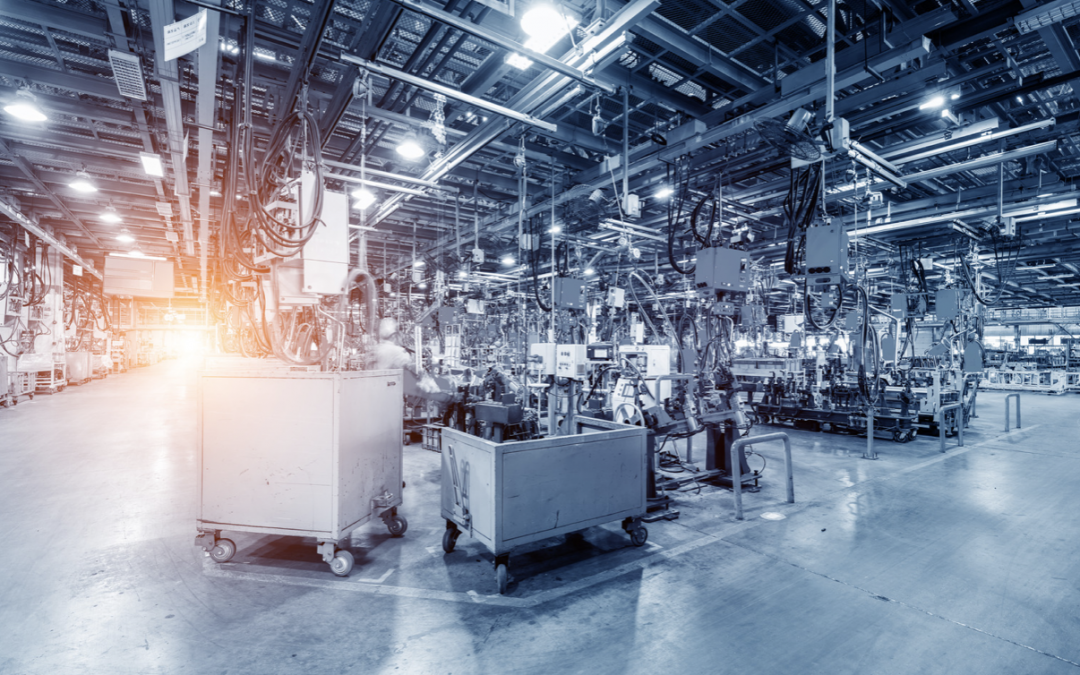This article is part of an ongoing series on the uses for artificial intelligence (AI) in manufacturing, starting with our article introducing machine learning and AI, and their relevance to manufacturing and supply chain operations.
The topic in this piece is the impact that AI can have on a manufacturer’s first pass yield (FPY), which is the amount of “good” products that are ultimately produced in a process that uses a certain number of parts. AI can not only predict the FPY of any given process, but can offer recommendations for how to improve first pass yield so that you save time, money, and resources in your production process.
There is a First Time For Everything
Manufacturers know that not every resource that goes into the production process comes out perfect. Some of it comes out unusable, or needs to be reworked, which, of courses, costs time and money.
It is unfortunate, but it is a cost of doing business, and must be accounted for if one wants to succeed in a costly, competitive industry.
As a result, manufacturers must take heed of what is referred to as the first pass yield (FPY), or throughput, which is how many parts going into a process will actually make it to the other side.
In a bigger-picture sense, the first pass yield is concerned with how many usable items will actually be produced with a given amount of resources.
A manufacturer needs to understandably hedge its bets by having a sort of “sacrificial” amount of resources put into a process to get the desired yield, but not having an accurate idea of just how much you do or do not need can lead to sunken costs.
The solution is to calculate FPY, which can be remarkably accurate if this calculation is handled by an AI agent.
A Prediction Task That is Perfect for AI
At the core of FPY calculation is data-based prediction, which is the task that AI is strongest at.
AI will analyze your factory’s historical data about processes, resources used, FPY’s, the specifics of reworking a product that was not up to standard on the first pass, and the “scrap rate” (how many parts or products need to be thrown out because they do not or cannot meet standards, no matter how much reworking.)
The end result there is creating an accurate picture of your average FPY. You will learn how many resources you are wasting, if you are, or whether you are putting too many resources into the process to get a yield that could result from less.
AI can not only analyze old data for this end, but it can conduct real-time monitoring of your process to find out, on the fly, if there are any threats on a particular day to your FPY.
AI Recommendations Improve Both Quantity and Product Quality
If you have not guessed, FPY prediction is primarily focused on improving the quantity of goods produced in your process, and reducing the amount of damage suffered by parts.
However, the work done by AI in this process can most certainly give you hints as to how to improve your products, along with the yield.
The real-time monitoring can give you a closer look at the parts of your process that are the main culprits for decreasing your yield.
It could be careless or clumsy worker, or a machine running under capacity.
Whatever the problem, AI can provide recommendations for improving your FPY.
Conclusion
AI can be used to not only accurately predict your manufacturing processes’ first pass yield, but it can also monitor the process in real time and see where and how your FPY is being affected. This cuts down on production costs and can give you insights into improving product quality.
For more AI-based manufacturing solutions, reach out to Findability Sciences.
More Articles in Our Machine Learning for Manufacturers Series:
- How AI Can Boost a Manufacturer’s Efficiency
- How Demand Forecasting Keeps You Ahead of the Curve
- Product Price Recommendations
- Commodity Price Prediction with AI Finds the Best Price for Raw Materials
- Transport the Goods Effectively and Safely with AI Solutions
- AI-Powered Predictive Maintenance of Machines Helps You Optimize Manufacturing Costs
- Value Creation with Artificial Intelligence
- Mass Customization Using Artificial Intelligence
- Tracking and Managing Production Floor Operations Using Artificial Intelligence
- Keeping Track of and Assessing Suppliers Using Artificial Intelligence
- Capacity Planning Prediction Using Artificial Intelligence
- Designing Products with Artificial Intelligence
- Employing Artificial Intelligence and Augmented Reality for Research and Development


Recent Comments